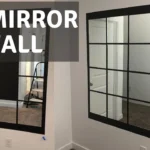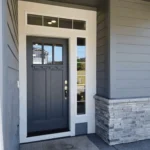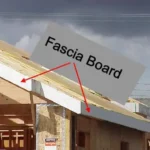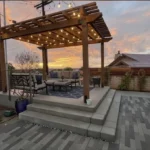When mobility becomes a daily challenge, the smallest step or threshold can feel like a mountain. That’s why wheelchair ramps and other mobility solutions have become essential features in homes, offices, and public spaces. But not all ramps—or installers—are created equal. Choosing the right wheelchair ramp builders can make the difference between a temporary fix and a long-term improvement in accessibility and safety.
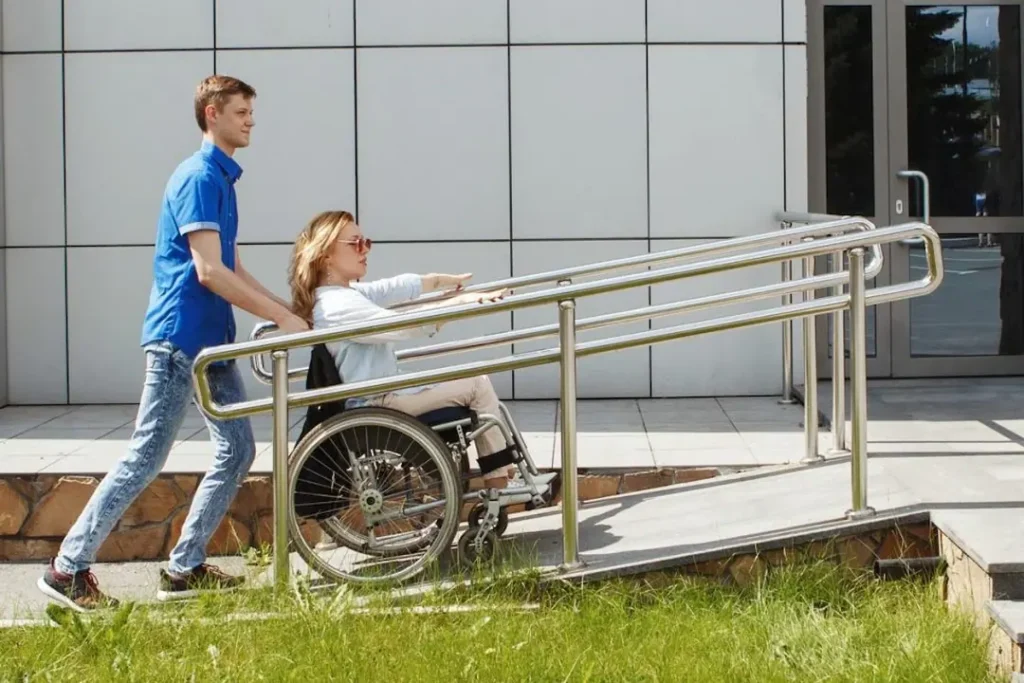
Content
Why a Professionally Installed Wheelchair Ramp Matters
A properly designed wheelchair ramp installation isn’t just about convenience—it’s about independence and dignity. Professional wheelchair ramp installers understand the technical and safety aspects involved, such as slope ratios, material durability, and compliance with ADA (Americans with Disabilities Act) standards. Incorrectly installed ramps can be unsafe, cause mobility issues, or fail to meet accessibility regulations.
Whether you’re retrofitting an existing structure or designing a new home, working with experienced wheelchair ramp builders ensures the job is done safely and correctly from the start.
Types of Wheelchair Ramps and Their Uses
Before hiring a builder, it’s important to understand the types of ramps available. Each serves a unique purpose based on your location, mobility device, and budget.
- Permanent Ramps – Typically made from concrete, wood, or aluminum, these are designed for long-term use and are ideal for home entrances or garages.
- Modular Ramps – Prefabricated aluminum ramps that can be easily adjusted or moved if you relocate.
- Threshold Ramps – Small, portable ramps used for minor height differences, such as doorways.
- Portable Ramps – Lightweight and foldable options for travel or temporary accessibility needs.
- Vehicle Ramps – Custom solutions designed for loading wheelchairs or scooters into vehicles.
Professional wheelchair ramp installers can evaluate your property and recommend the best design based on space, slope, and user requirements.
Beyond Ramps: Exploring Modern Mobility Solutions
Accessibility doesn’t stop at ramps. Many homeowners are now incorporating chair lifts, platform lifts, and vertical mobility systems to improve movement within multi-story homes. These mobility solutions provide users with greater independence while maintaining safety and comfort.
For instance, chair lifts can make staircases accessible without requiring extensive remodeling, while platform lifts offer seamless indoor and outdoor access for wheelchairs. Experienced wheelchair ramp builders often collaborate with lift specialists to design comprehensive accessibility plans that fit your specific mobility goals.
What to Look for in Wheelchair Ramp Builders
Choosing the right builder involves more than just comparing prices. Here’s what to consider:
- Experience and Expertise: Look for certified and insured professionals with proven experience in accessibility construction.
- ADA Compliance: The ramp must meet ADA standards for gradient, width, handrails, and landing areas.
- Material Quality: Choose durable materials suited for your climate—aluminum and treated wood are popular for their longevity and low maintenance.
- Customization: Every property and user need is unique. A good installer will tailor designs to fit your home’s layout and your personal mobility needs.
- Customer Support and Warranty: Reliable wheelchair ramp installers should offer post-installation maintenance, warranties, and clear communication from start to finish.
The Cost of Wheelchair Ramp Installation
The cost of wheelchair ramp installation varies depending on material, size, and complexity. On average, aluminum ramps cost more upfront but last longer and require minimal maintenance. Wooden ramps, while affordable, may need more upkeep due to weathering. Many installers offer free consultations or bids, allowing you to compare pricing and design options before committing.
Some organizations and local programs may also provide financial assistance or grants for accessibility upgrades—especially for seniors, veterans, or people with disabilities.
Steps to a Successful Ramp Installation
- Assessment: Schedule a site visit with a qualified builder to evaluate your property and discuss accessibility goals.
- Design & Planning: The builder will create a design that meets ADA guidelines and fits your space.
- Material Selection: Choose materials that complement your home’s aesthetics and environment.
- Installation: Professionals will ensure the ramp is securely anchored, properly sloped, and safe for daily use.
- Inspection & Maintenance: Regular inspections and cleaning keep your ramp in top condition for years.
Final Thoughts: Building Independence One Ramp at a Time
Accessibility is more than a building requirement—it’s a promise of freedom and inclusion. Whether you need a simple threshold ramp or a full wheelchair ramp installation with integrated chair lifts, working with professional wheelchair ramp builders ensures your space is safe, functional, and built to last.
Companies like CJ Mobility and other leading accessibility providers continue to advance the way we approach mobility solutions, transforming homes into barrier-free environments that promote confidence and independence for everyone.

Elena Mohr is a dedicated home blogger who has been blogging for over six years. She covers everything home related. Elena also loves writing posts about her travels to Europe with her husband and two children.
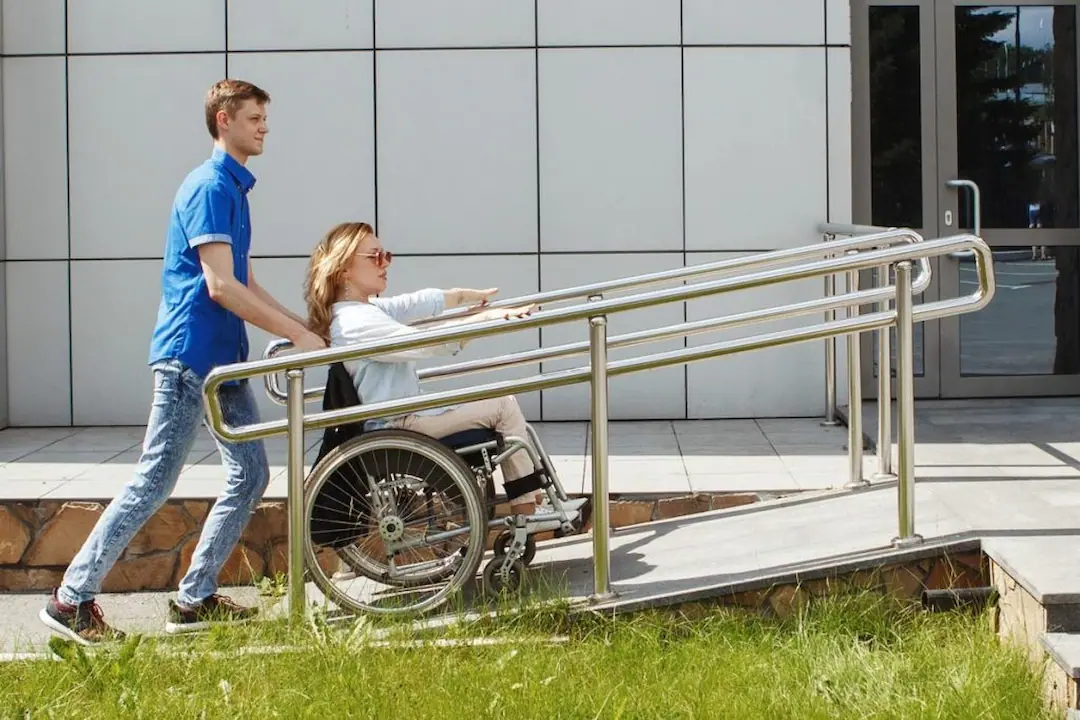
![Why Spray Foam Insulation Vaughan Homes Need: An Expert Guide [2025] Spray Foam Insulation](https://starthomeimprovement.com/wp-content/uploads/2025/09/image-150x150.png)




